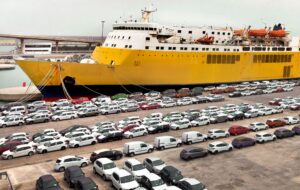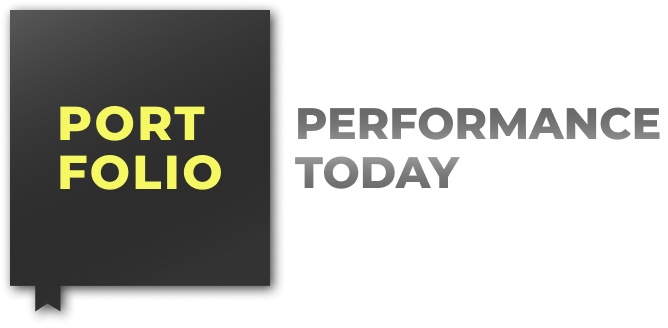
Tariffs are said to be “protective.” Domestic firms want them because they reduce the effectiveness of foreign competition. Labor unions want them because they believe they protect members’ jobs. And politicians want them because, well, voters like the sound of all of this. Economics tells us that there is no such thing as a free lunch, but protectionist policies are something far worse.
Not only is the lunch not free — the food is poisoned.
Mohamed Moutii, of the Institute for Research in Economic and Fiscal Issues, recently explored the basic economics of tariffs — they’re a tax. He states definitively, “research shows [Trump’s] proposed trade barriers could hike household expenses by $2,600 to $3,900 annually, while pushing consumer prices up by as much as 2.8 percent.” It’s an application of Econ 101; tariffs act as an effective tax on consumption.
Yet the current administration’s penchant for mercantilist ideals persists.
On March 26, 2025, President Donald Trump announced a 25 percent tariff on the import of automobiles and automotive parts from South Korea, Japan, the European Union and other nations as deemed required by the United States Trade Representative. Directly affecting Honda, Toyota, Hyundai, Kia and many more. The effect this will have on vehicle prices should be obvious. Today the average price of a new vehicle is $47,373. If the full cost of the tariff is passed on to the consumer, the price of the automobile would increase by up to $12,500, a sum that will burden a middle and lower class that is still feeling the chilling effects of chip shortages during the pandemic. And how might a tariff that applies to component parts of a vehicle create a price increase of up to 25 percent even if the vehicle is manufactured domestically? By implementing a 25 percent increase to the final price of the vehicle for all manufacturers who fail to report the origin of their component parts accurately.
It bears repeating that this tariff is not limited to vehicles manufactured in other nations. This tariff applies to all automotive parts that are imported to the US. A report by CBS suggests that American car manufacturers such as Tesla, General Motors, Ford and Stellantis utilize imports during their production process. That report suggests that the average price of a Dodge Ram truck worth $80,000 could easily increase to $100,000 with this new tariff. Many popular American car models, like the Maverick and the Bronco SUV, are made in Mexico and will be subject to these tariffs.
So consumers should despise tariffs, as more money flies out of their checking accounts each month. Domestic firms should abhor tariffs, as whatever competitive gain they may (or, in the case of automotive firms, likely will not) receive relative to their foreign competitors is more than offset by the increase to their input costs. But what of labor unions? Might they still be justified in fighting to “protect” their members’ jobs?
Prices are not just numbers, not just a value paid by the consumer. Prices are signals, they communicate information between consumers and producers about each’s situation. A high price may let consumers know that there is a limited number of goods or producers know that consumers really like a good. Prices incentivize action, as that high price entices producers to produce more to sell and consumers to consider their willingness to buy among their alternatives.
Now, imagine the government begins to subsidize the production of a good. Well, the producers that receive the subsidy are able to produce the good more cheaply than their competitors. It’s as though the subsidy hijacks the phone lines. The subsidy creates an advantage that allows some firms to out-compete other, non-subsidized firms, despite consumers never “telling” those firms that they prefer them.
Taxes hijack those phone lines as well. As prices for the taxed goods increase, consumers begin buying similar but non-taxed goods if they can, “telling” firms to produce more of those similar goods when consumers would rather have their true vehicle preference — foreign-made.
Tariffs create both effects.
A tariff is a tax on imported goods. Artificially increasing the prices of those imported goods forces consumers to consider alternatives when they had no previous desire to do so, incentivizing investment of labor and resources into lesser, similar goods. Tariffs advantage domestic producers, allowing them to avoid the tax in some capacity. Lowering production costs relative to their foreign competitors, despite producing a good that consumers do not prefer.
This has played out in the auto industry before, and it didn’t go well for auto workers. In 1981, President Ronald Reagan instituted Voluntary Export Restrictions (VER), which limited the number of imported Japanese vehicles — a limit of Toyotas and Hondas. The public push to “buy domestic” was meant to help those struggling workers at the Big Three of GM, Ford and Chrysler. But economic theory would suggest the tariff would increase the price of new vehicles. Instead of helping the Big Three, this incentivized consumers to spend their hard-earned money on non-automotive goods, “telling” those other firms to invest in their production. It would suggest the Big Three would be wrongly incentivized to invest in their production relative to their foreign competitors, when consumers actually prefer foreign cars — artificially propping up the declining giants.
This is exactly what happened.
Employment at the Big Three declined during the course of the VER program — consumers demanding fewer cars and spending elsewhere. Employment in the auto industry, however, sharply increased around 1994 when the VER program was eliminated, allowing investment to flow to what consumers wanted — Toyotas and Hondas. The VER program was meant to protect auto workers, instead, it reduced the number of auto jobs available. Instead of allowing foreign firms to invest in their more desired process, the program pushed jobs out of the industry entirely.
Tariffs are said to protect our firms, protect our jobs. But there is no such thing as a free lunch. Not only do firms and consumers pay a high cost, but tariffs hurt hard-working Americans in the one thing they can least afford to lose — their careers.
